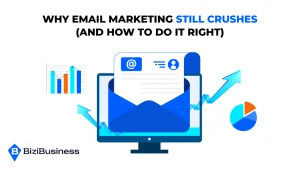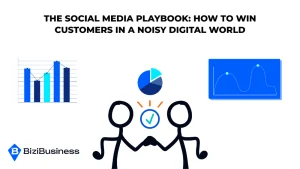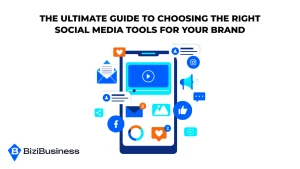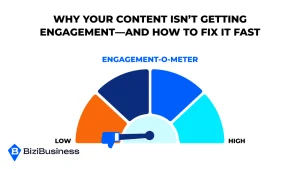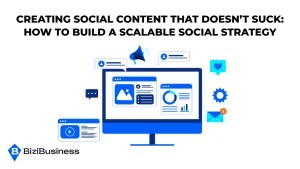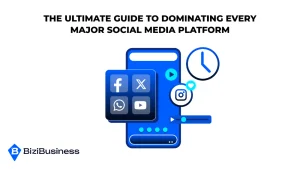BiziTopics
Influencer Marketing Demystified: What Works, What Doesn’t And What’s Next
BiziBusiness
Aug 12, 2025
8 min read
Influencer marketing has been hailed as the modern gold rush for brand visibility. But after years of explosive growth—and just as many high-profile flops—it’s clear that this channel needs a reset.
What was once the Wild West of sponsored selfies and hashtagged product placements has matured into a multi-billion-dollar industry. Yet many brands are still chasing the wrong metrics, picking the wrong partners, or worse—getting zero ROI from high-spend campaigns.
Here’s the truth: influencer marketing still works—when it’s done strategically. The problem isn’t the medium. It’s the way many brands approach it.
Likes, followers, and a “cool aesthetic” don’t drive conversions. But when influencers are selected carefully, campaigns are built with purpose, and outcomes are measured with precision, the results can be game-changing.
This guide is here to cut through the noise. We’ll show you what actually works, what to avoid, and where this space is heading—so you can build campaigns that aren’t just on trend, but built to perform.
What Works: Proven Influencer Marketing Tactics That Drive Results
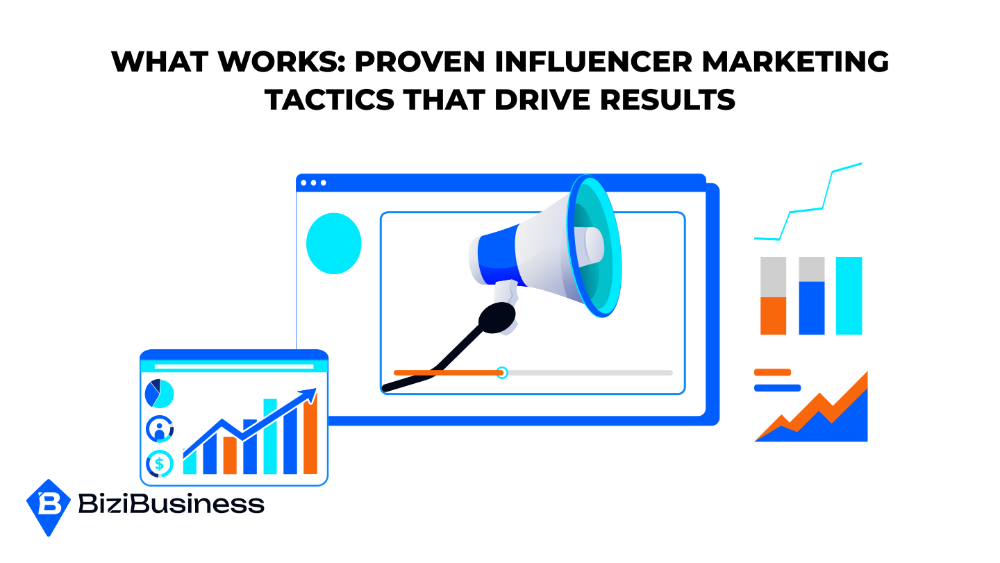
Influencer marketing isn’t guesswork anymore. The brands seeing consistent ROI have moved past follower counts and flashy collaborations. Instead, they focus on a few key strategies that deliver real business outcomes—not just buzz.
1. Micro-Influencers and Niche Targeting
Micro-influencers (usually with 5K–50K followers) consistently outperform celebrity accounts in engagement, trust, and conversion. Why? Because they speak directly to niche, highly engaged audiences who see them as relatable—not as ads in disguise. Brands that work with multiple micro-influencers across niche segments often generate more leads for less spend than a single macro activation.
2. Long-Term Partnerships Over One-Off Posts
One sponsored post doesn’t build trust—it builds curiosity. But ongoing collaborations show authenticity and deepen the brand-influencer connection in the eyes of the audience. Brands that treat influencers like partners (not vendors) often see better creative, stronger loyalty, and higher lifetime value from their campaigns.
3. Story-Driven Content Over Scripted Ads
The best influencer content doesn’t feel like an ad. It feels like a story—a lifestyle moment that the product naturally fits into. Letting creators lead the creative direction (within brand guidelines) results in content that resonates. Over-scripted or overly branded content, by contrast, gets scrolled past.
4. Full-Funnel Integration
Influencer campaigns work best when they’re part of a bigger picture—not isolated stunts. High-performing brands weave influencers into broader strategies: awareness at the top of the funnel, retargeting with UGC, and conversions tracked with discount codes or affiliate links. Integration drives momentum—and results.
5. Performance-Based Compensation Models
Flat fees are still common, but more brands are tying influencer pay to results: engagement rates, link clicks, or conversions. This model aligns incentives and encourages influencers to create content that drives action—not just reach.
What Doesn’t Work: Overhyped Tactics That Fail (and Why)
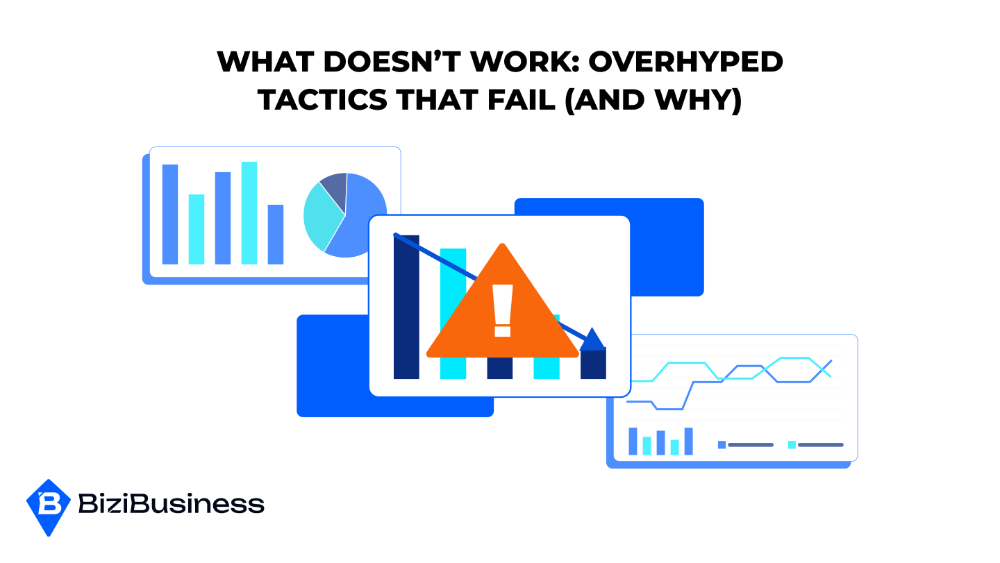
For every brand that nails influencer marketing, dozens more waste time and money chasing surface-level success. If you’re not seeing ROI, there’s a good chance you’re relying on tactics that look good on paper but collapse in execution.
1. Chasing Vanity Metrics
Follower counts, likes, and video views are easy to inflate—and even easier to misread. None of these numbers matter if they don’t lead to measurable business outcomes. Real influence shows up in click-throughs, conversations, and conversions—not empty engagement stategies.
2. One-and-Done Campaigns
Many brands treat influencer marketing like a quick promotion: a single post, one hashtag, then done. That’s not strategy—that’s gambling. Without repetition or follow-through, there’s no brand recall, no trust-building, and no real impact. Influencers need time to build credibility with their audience on your behalf.
3. Poor Audience Fit
If the influencer’s audience isn’t your buyer, it doesn’t matter how “on-brand” they look. Too many campaigns fall flat because of mismatched demographics, interests, or tone. Successful influencer marketing starts with audience alignment—what matters is who’s watching, not just who’s posting.
4. Weak Calls to Action
No clear ask = no clear results. Even great content can underperform if the CTA is missing or vague. Brands often assume “cool content” is enough—but without telling people what to do next (click, buy, sign up), most viewers will simply keep scrolling.
5. Fake Engagement and Bot-Filled Accounts
It’s still a problem. Influencers can buy followers, likes, and even comments to look bigger than they are. Without vetting accounts for real engagement and audience authenticity, brands end up paying for reach that doesn’t exist. It’s a fast track to wasted spend.
How to Choose the Right Influencers for Your Brand
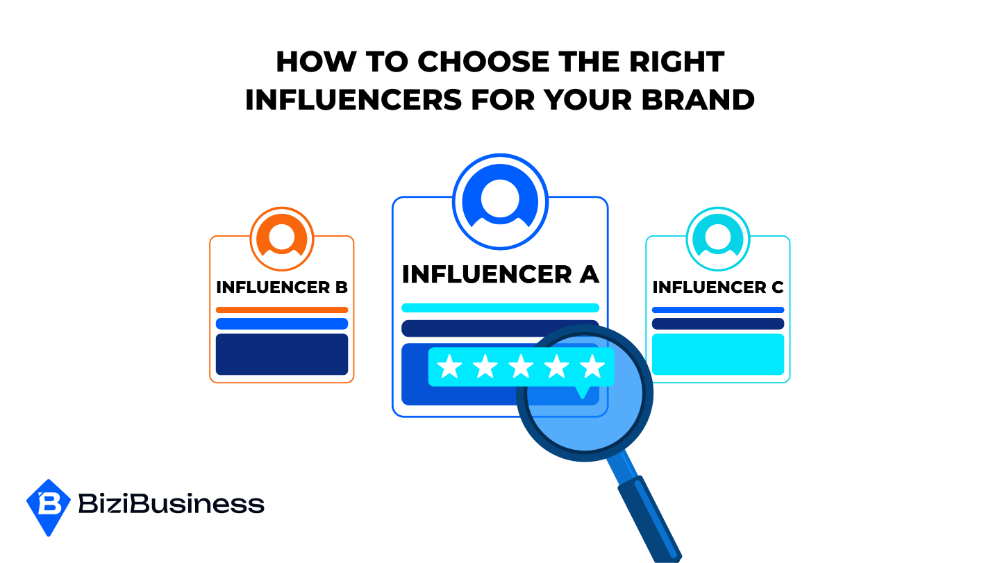
The success of your influencer campaign hinges on one thing: who you partner with. A bad match can make even the best product look out of place. A strong fit, on the other hand, can create trust, engagement, and real traction.
Here’s how to choose wisely:
1. Prioritize Audience Quality Over Size
Forget follower counts. The real metric is audience relevance. Ask:
- Is this influencer speaking to the people I want to reach?
- Do their followers actually engage—and trust their opinions?
Look for consistent interaction, thoughtful comments, and content that sparks conversation—not just double-taps.
2. Match Values and Voice
Influencer-brand misalignment is one of the fastest ways to lose credibility. Choose creators whose tone, values, and content naturally align with your brand ethos. Authenticity isn’t just a buzzword—audiences can smell a forced partnership from a mile away.
3. Analyze Real Engagement, Not Just Engagement Rate
An “8% engagement rate” doesn’t mean much if it’s driven by bots, spam, or giveaways. Dig deeper. Look at comment quality, audience sentiment, and whether the influencer actually drives traffic or conversions—not just buzz.
4. Vet Content Style and Past Partnerships
Review their feed. Is their content high quality? Do they post consistently? Have they worked with similar brands before? If yes, how did those campaigns perform? Look for creators who understand the business side—not just the aesthetic.
5. Use the Right Tools for Evaluation
Manual research only goes so far. Leverage platforms like Upfluence, Aspire, or CreatorIQ to analyze audience data, engagement patterns, and other key analytics and metrics that ensure brand alignment and strong past performance. By using the right social media platforms, these tools can help you weed out fake followers and find under-the-radar creators with real influence.
What’s Next: Influencer Marketing Trends for 2025 And Beyond

Influencer marketing isn’t going anywhere—but it is transforming. The next wave won’t just be about reach or aesthetics. It’ll be about authenticity, integration, and ROI. Here’s where things are headed—and what brands need to prepare for.
1. The Rise of Creator-Led Brands
Influencers aren’t just promoting products anymore—they’re launching their own. From skincare lines to tech accessories, creators are evolving into entrepreneurs. This shift means brands will increasingly need to approach influencers as collaborators, not just distribution channels. The best partnerships will feel more like co-creation than transactions.
2. AI-Generated Influencers and Virtual Creators
Synthetic influencers like Lil Miquela and Aitana López are gaining traction—especially with Gen Z. They’re cost-efficient, perfectly on-brand, and never miss deadlines. While this trend may not replace human influencers, it opens the door to new storytelling formats and brand experimentation, particularly in fashion, gaming, and lifestyle.
3. Decentralized Communities and Niche Networks
Mass followings are losing influence. Micro-communities—private groups, Discord servers, Slack spaces, niche forums—are becoming more valuable. Brands that tap into high-trust environments and use influencers as community leaders (not just content creators) will build deeper, longer-lasting engagement.
4. Short-Form Content Will Dominate
The TikTokification of content is here to stay. 15–60 second videos, reels, and stories continue to outperform long-form formats across every major platform. Influencer strategies that focus on punchy, mobile-first storytelling will win attention—and conversions.
5. Influencer + SEO + UGC = Organic Growth Engine
The smartest brands are integrating influencer content creation into their larger organic strategy—embedding UGC in blogs, using it in product pages, and optimizing social posts for search. This convergence of SEO, social media tools, and influencer marketing isn’t just a trend—it’s a future-proof growth loop.
6. From Impressions to Revenue
Brands are shifting from awareness plays to performance-driven influencer marketing. Expect to see more affiliate models, conversion-based compensation, and campaigns tied to clear KPIs like CAC, ROAS, and LTV. Influence must lead to action.
Influencer Strategy for Brands That Want Real Growth
Unlike traditional advertising, influencer marketing isn’t about trends—it’s about building trust. And in 2025, that trust is what converts.
Brands that treat influencer marketing like a quick hit will keep seeing short-lived results. The ones that invest in the right creators, build long-term relationships, and focus on performance—not popularity—will win bigger, and longer.
The secret isn’t in hiring the flashiest name. It’s in choosing the right voices to reach the right audience, in the right format, with the right offer. It’s in aligning influencer content with your broader marketing goals—from awareness to lead gen to sales.
As the space evolves, your approach has to evolve with it. Get clear on what works. Ditch what doesn’t. And be ready to adapt to what’s next.
Because when your influencer strategy is built on authenticity, integration, and outcomes, it stops being a marketing tactic—and becomes a scalable growth channel.
Subscribe to Newsletter
Unlock your creativity and stay up to date on marketing tips
